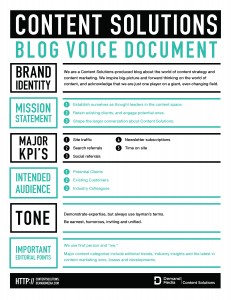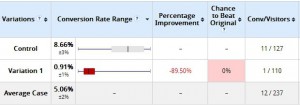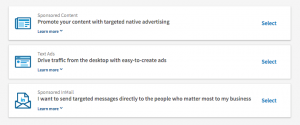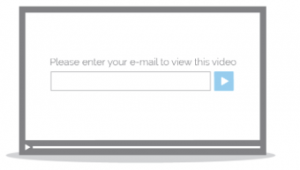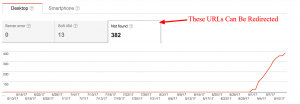Online Advertising Still Sucks: Fall 2020 Edition
The last time I wrote about ad fraud was on May 15. So I think we are long overdue for another episode of Online Advertising Still Sucks, so it is with trepidation that I present to you the Fall 2020 edition.
EMarketer, in partnership with Oracle’s Moat, updates us this month on the latest state of play. Sadly, nothing has really changed. Things are still bad — globally bad. Billions of dollars in money down the drain.
The fraud industrial complex knows exactly where to play. They know we like our smartphones, and they know we like to watch videos. So what’s the No. 1 fraud platform? Smartphones. According to AppsFlyer, more than one in five paid app installs worldwide were fraudulent over the summer of 2019, and the vast majority are on Android, which is of course the No. 1 global smartphone platform.
And the No. 1 fraudulent medium? Videos! White Opps reported that surveyed Association of National Advertisers members reported 14% of mobile web video impressions and 8% of mobile in-app video impressions were fraudulent. And these are the results from among the globally biggest, smartest, and best equipped advertisers in the world. Imagine how bad the numbers must be for all other advertisers!
The fraudsters also know how advertisers are placing most of their inventory, so programmatic is still the main place where fraudulent impressions are generated. And because we are all working from home, with our connected TVs on all day, the fraudsters have also discovered this lucrative platform. In 2019, Pixalate found almost one in four invalid traffic rates in programmatic over-the-top and CTV advertising.
Advertisers and consumers like influencers? Well, now there is influencer fraud. You like the idea of attribution to at long last determine which of your marketing channels deliver the highest contribution to the marketing mix? Enter attribution fraud. I am not making this up!
Is there any good news? If you are an optimist, you could point to initiatives from the World Federation of Advertisers, and their local chapters the ANA, ISBA (UK) and others. You could take the fact that, at long last, Twitter, Facebook and Google are taking active steps to clean up the front of their house with the elimination of some of the most vile content (or at least placing some form of consumer warning with them). You could applaud large advertisers who have placed bans on social media because of their initial denial of brand safety and fraud issues.
EMarketer and Moat have this advice for marketers: “Work with at least one verification provider, take advantage of tools like ads.txt and app-ads.txt, work with partners accredited by the Trustworthy Accountability Group (TAG) and generally stay up-to-date on whether there are new threats in new channels that may not be addressed yet by the verification providers.”
This is better than nothing, and you should absolutely do all these things.
But let’s be honest. This is an arms race. For every measure advertisers and publishers take, the fraudsters figure out a new way to extract millions of dollars. Says one of the eMarketer research contributors, Dr. Augustine Fou: “In my experience, what can be said is that fraud is way higher than people assume because there are so many dollars at stake—bad guys are drooling.”
I fear the Spring 2021 edition of Online Advertising Still Sucks will largely read the same.
(13)
Report Post